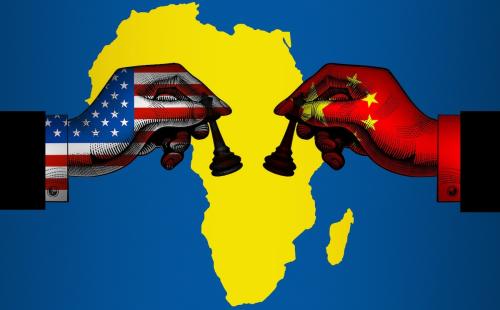Editor’s note: In an interview with WKAR on the future of the U.S. nuclear arsenal, Steven Pifer, co-author of The Opportunity, discusses prospects for future international arms negotiations as well as the stability of the U.S. and Russian bombs, submarines and planes. Read an excerpt below.
WKAR: Before we get into the details, can you give us a sense of the scale we’re talking about here? I’m sure the exact number is a guarded secret but about how many nuclear warheads does the U.S. maintain?
Steve Pifer: Well actually it’s not a secret. In 2010 the United States released a number and said that as of September 2009 the total American stockpile was 5,113 weapons.
WKAR: Okay
Pifer: Which is a huge decrease from the Cold War, at the height of the Cold War there were 25,000- 30,000 weapons. But you still have to ask the question; does that number make sense twenty years after the end of the Cold War and the collapse of the Soviet Union?
WKAR: What about the dollar cost of maintaining that arsenal?
Pifer: The dollar cost in terms of maintaining them, on a day to day status, is estimated at say thirty to forty billion dollars a year. So it’s a part of the defense budget…
WKAR: Wow
Pifer: But where the costs get really big is if you look, say five or seven years down the road, where the Navy’s going to have to start building a new ballistic missile submarine to replace the Ohio class submarines which have to be retired in about 15 years and then you’re talking about an estimate of $6 to $7 billion dollars, per boat, not counting the missiles or torpedoes.
The Brookings Institution is committed to quality, independence, and impact.
We are supported by a diverse array of funders. In line with our values and policies, each Brookings publication represents the sole views of its author(s).



Commentary
The Future of the U.S. Nuclear Arsenal
March 20, 2013